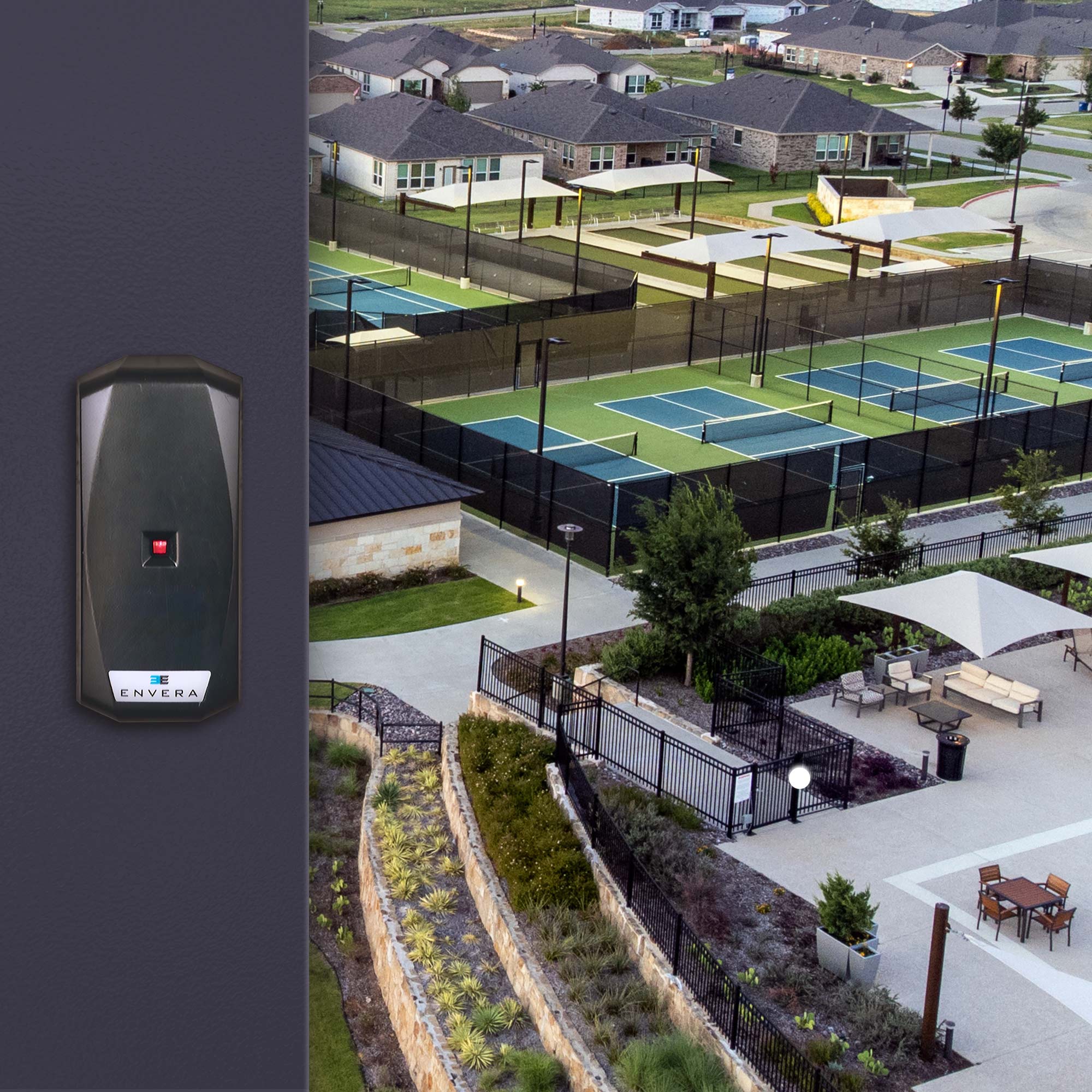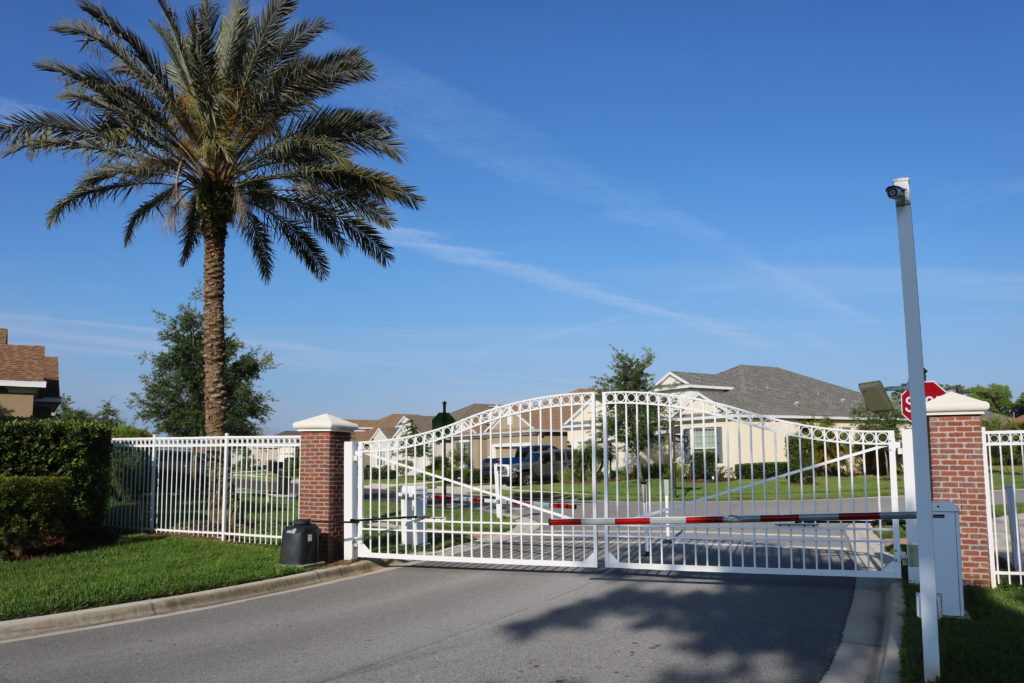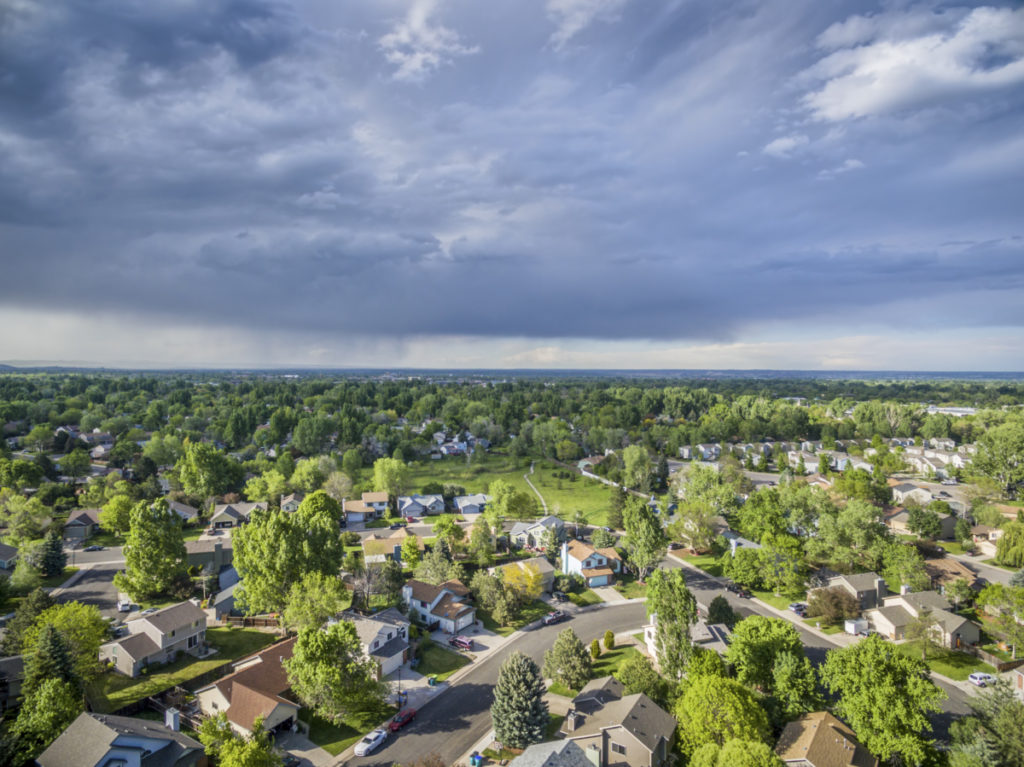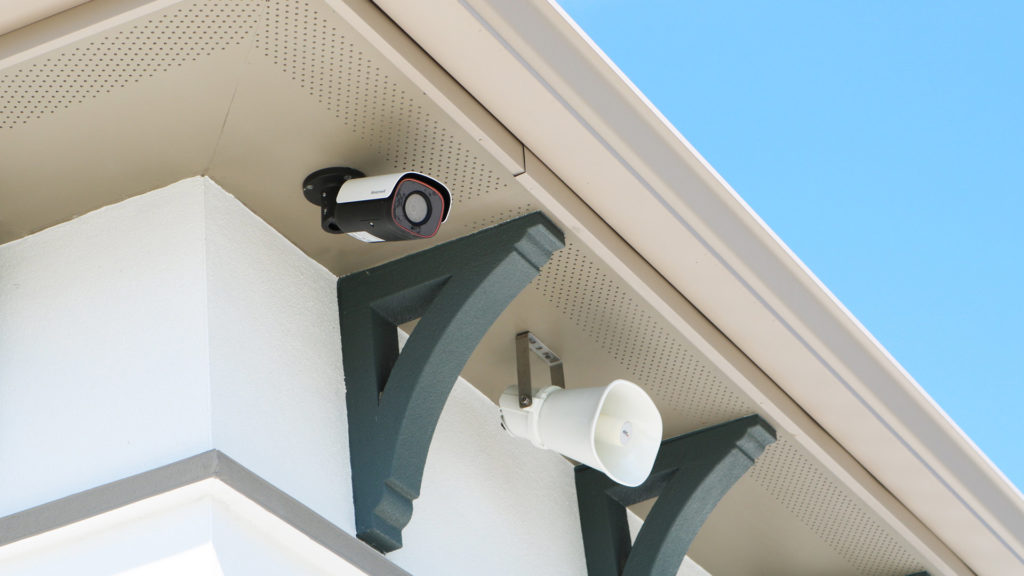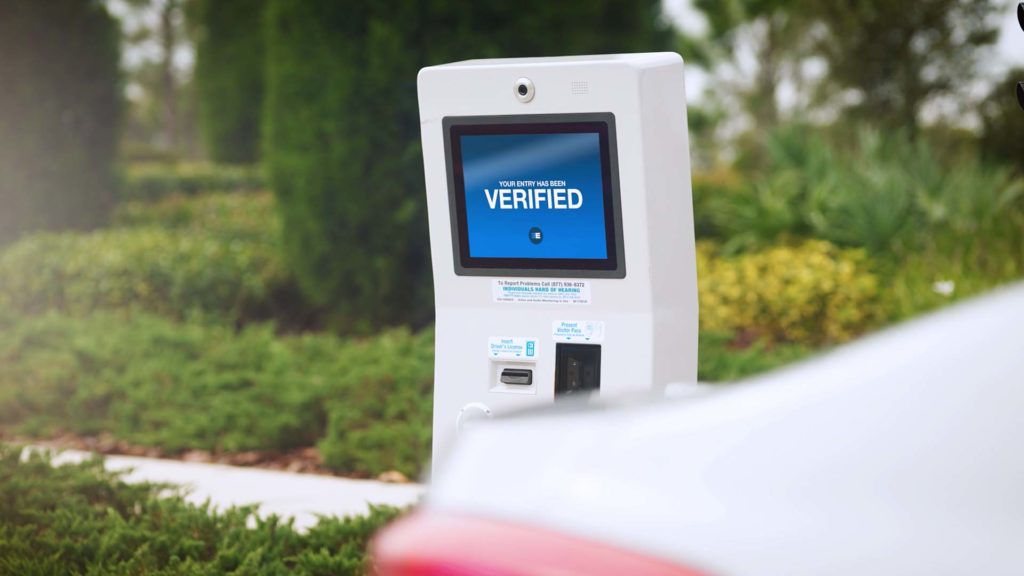The term ‘CSI effect’ has been around since the early 2000s. You’ve probably seen it referenced most by law enforcement or in legal capacities when referring to whether or not televisions shows like CSI: Crime Scene Investigation or Law & Order influence the public’s perception of forensic science. There are numerous articles and summaries out there that debate this phenomenon as it relates to jurors and decisions in a court room, but it’s also a term that has been widely used in reference to security.
 “People think you can put a camera in and easily zoom or enhance. Like the show, where they’d zoom in on an eyeball, and then you’d see an entire scene through the reflection,” says Patrick Kelly, the director of IP sales at Digital Watchdog. Kelly is just as familiar with the ‘CSI effect’ from the perspective of a video surveillance expert. He’s been in the industry for 25 years now and has always been passionate about technology and more specifically, the “re-invention of technology.” Let’s just say, he definitely knows a thing or two about cameras.
“People think you can put a camera in and easily zoom or enhance. Like the show, where they’d zoom in on an eyeball, and then you’d see an entire scene through the reflection,” says Patrick Kelly, the director of IP sales at Digital Watchdog. Kelly is just as familiar with the ‘CSI effect’ from the perspective of a video surveillance expert. He’s been in the industry for 25 years now and has always been passionate about technology and more specifically, the “re-invention of technology.” Let’s just say, he definitely knows a thing or two about cameras.
Video surveillance is one of the most common forms of security used by communities and the individual residents within a neighborhood. It’s top-of-mind for front doors, community entrances, and of course, amenities. The thing about amenities like pools, playgrounds, and sports courts is the sheer volume that needs to be covered. In the past, covering such a large area would have seemed daunting and expensive to the average community. That’s no longer the case.
The cameras available to associations today cover what Kelly refers to as “situational awareness.” Often times, a single camera can cover a wide location and record footage of what used to require multiple cameras. This helps to simplify a system for property managers and board members, while also “[reducing] installation costs and maintenances costs,” says Kelly.
Effectively securing a pool or amenity takes more than a camera though. Fortunately, the ultra-wide cameras Kelly mentioned also frequently include a single sensor. That means that a single device and sensor can cover an area that would have previously taken a series of cameras. Even when those people jump a fence, the right technology can record the activity and trigger further action.
though. Fortunately, the ultra-wide cameras Kelly mentioned also frequently include a single sensor. That means that a single device and sensor can cover an area that would have previously taken a series of cameras. Even when those people jump a fence, the right technology can record the activity and trigger further action.
Think of the sensor like a silent alarm. When triggered, numerous actions may take place. For example, an alert can be sent to an authorized user, or a live monitoring center can receive the notice. In either scenario, the video management solution is key for personnel to view the location in real-time and verify the alarm that was received. With a singular device and simplified system that is capable of so much, Kelly says, “There’s a huge cost benefit.”
The bigger thing to keep in mind with video surveillance at an amenity (or really anywhere) is how the technology has changed and continues to evolve. “In general, the camera is becoming more than just a video recording device. It truly is more of a sensor to enable other features or technologies,” says Kelly. Sometimes a sensor immediately initiates lighting in an area. You’ve probably seen it on a smaller scale above your neighbor’s garage. Other times, it notifies monitoring centers as mentioned. It can also trigger license plate recognition or deciphering a vehicle’s make, model, and color. “All of that information [can be] turned into metadata,” says Kelly.
With such advanced surveillance options already available, where might we see even more impactful changes in the future? “The biggest change happening now is moving to the cloud,” says Kelly. Right now, the video surveillance system at your pool or other amenity is likely combining on-site equipment with the cloud for things like storage and analytics. “More of the processing power is moving in that direction. It’s not there yet, but it’s becoming more and more deployable.”
 Within five years is Kelly’s estimate as to a timeline for when cloud-capabilities will be readily available at the capacity needed. You might say to yourself, “but I store my personal photos in the cloud already.” Again, this isn’t Mission Impossible, and Kelly says, “It’s no different than what we were dealing with the ‘CSI effect.’” He’s familiar with helping others understand how it really works through real word examples. “I can take my iPhone [which is] a single sensor, and send that to a personal cloud. Now, imagine deploying 100 single sensors at a location, and send them all up through the same bandwidth pipe.” The immediacy and results are not the same nor there yet.
Within five years is Kelly’s estimate as to a timeline for when cloud-capabilities will be readily available at the capacity needed. You might say to yourself, “but I store my personal photos in the cloud already.” Again, this isn’t Mission Impossible, and Kelly says, “It’s no different than what we were dealing with the ‘CSI effect.’” He’s familiar with helping others understand how it really works through real word examples. “I can take my iPhone [which is] a single sensor, and send that to a personal cloud. Now, imagine deploying 100 single sensors at a location, and send them all up through the same bandwidth pipe.” The immediacy and results are not the same nor there yet.
If you’re familiar with the security industry, you know that people are always asking what’s next. Everyone wants to know and provide the latest and greatest, and there’s an element of excitement in seeing technology progress. It’s a primary component of Kelly’s day-to-day work; figuring out what’s coming and ultimately how it applies to a customer. How to make a system or technology usable to every market, community, and their amenities. Kelly says the industry focuses more on solving problems, and “the latest and great doesn’t mean anything until it adds value to a customer.”
Click here to read the original article.
Click here to download a copy.
